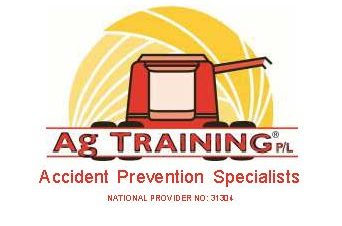In summary, this unit covers working safely at heights in the resources and infrastructure industries and includes: Identifying the work requirements Work procedures and instructions for the task

What does it mean to work safely at heights?
To work safely at heights, risks must be managed if a person may fall less than 3 metres (housing construction), 2 metres (other construction) or if work is on a roof pitch, not more than 26 degrees.
For instance, hazards that may present a risk from a fall include:
Vertical reinforcing steel, the edge of a rubbish skip, a picket fence, or a stack of bricks below workers.
Un-sheeted floor bearers and joists 2 metres below workers.
Work on a brittle roof.
Causes of falls:
There are many reasons why workers fall from heights, including:
Incorrect use of ladders and scaffolding
Slippery surface (weather)
Poor housekeeping
Unprotected edges
Working near open holes
Insufficient level of training and fitness
Lack of supervision and
Incorrect use of PPE
Pre-Requisites
None.
Units/Aspects Covered:
In summary, this unit covers working safely at heights in the resources and infrastructure industries and includes:
Identifying the work requirements
Work procedures and instructions for the task
Accessing and installing equipment
Performing work at heights
Cleaning up the work area
For individuals who are starting out in the industry or for those in the industry needing a skill refresher, Ag Training runs regular ticket and training courses in Toowoomba. We also offer rolling enrolment into our certificate programs throughout the year.
Ag Training’s team of experienced, qualified trainers and assessors can tailor a training package to suit the specific needs of your business or organisation. We’ll ensure your employees learn the practical and theory components to become safe and competent operators.
© 2025 coursetakers.com All Rights Reserved. Terms and Conditions of use | Privacy Policy